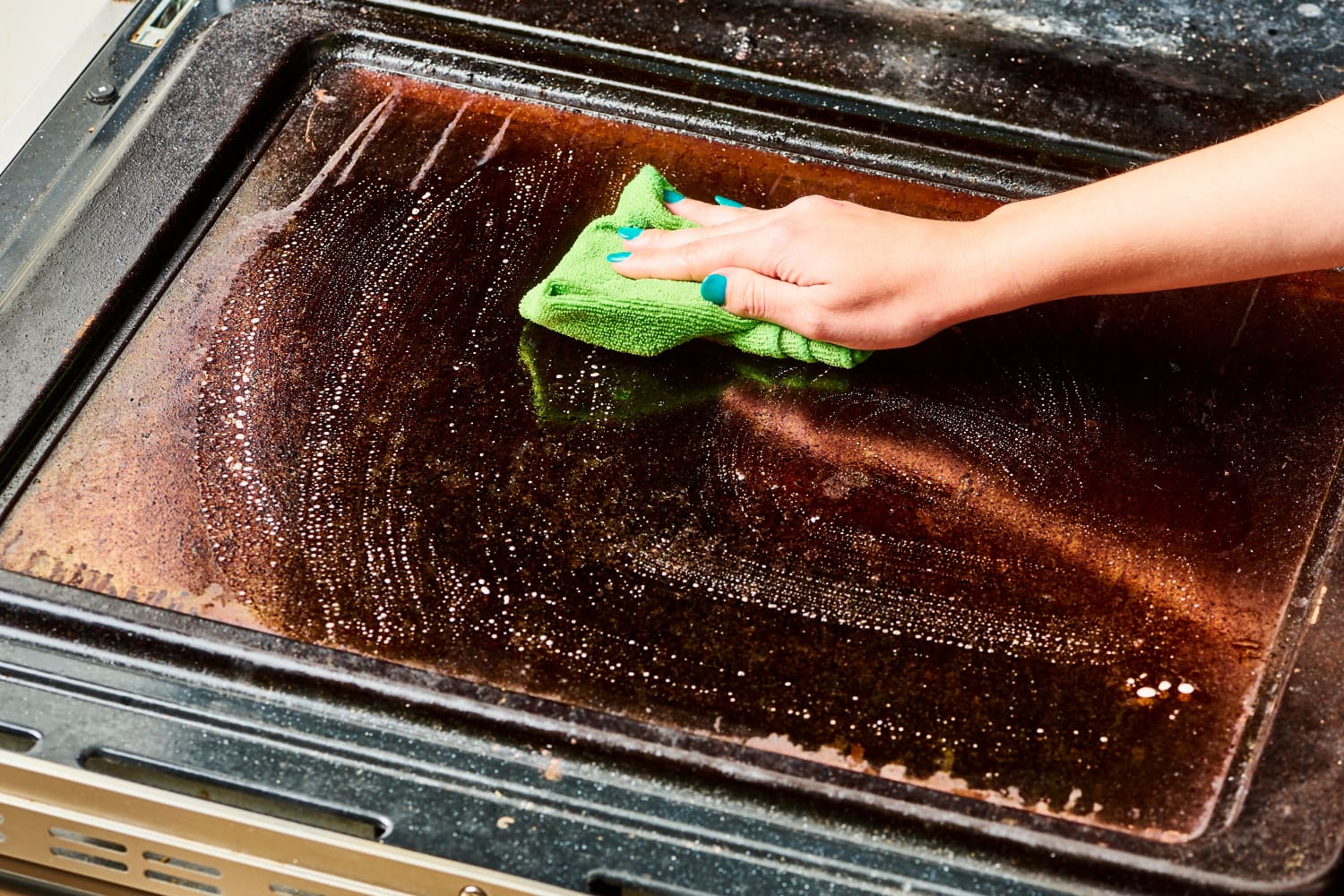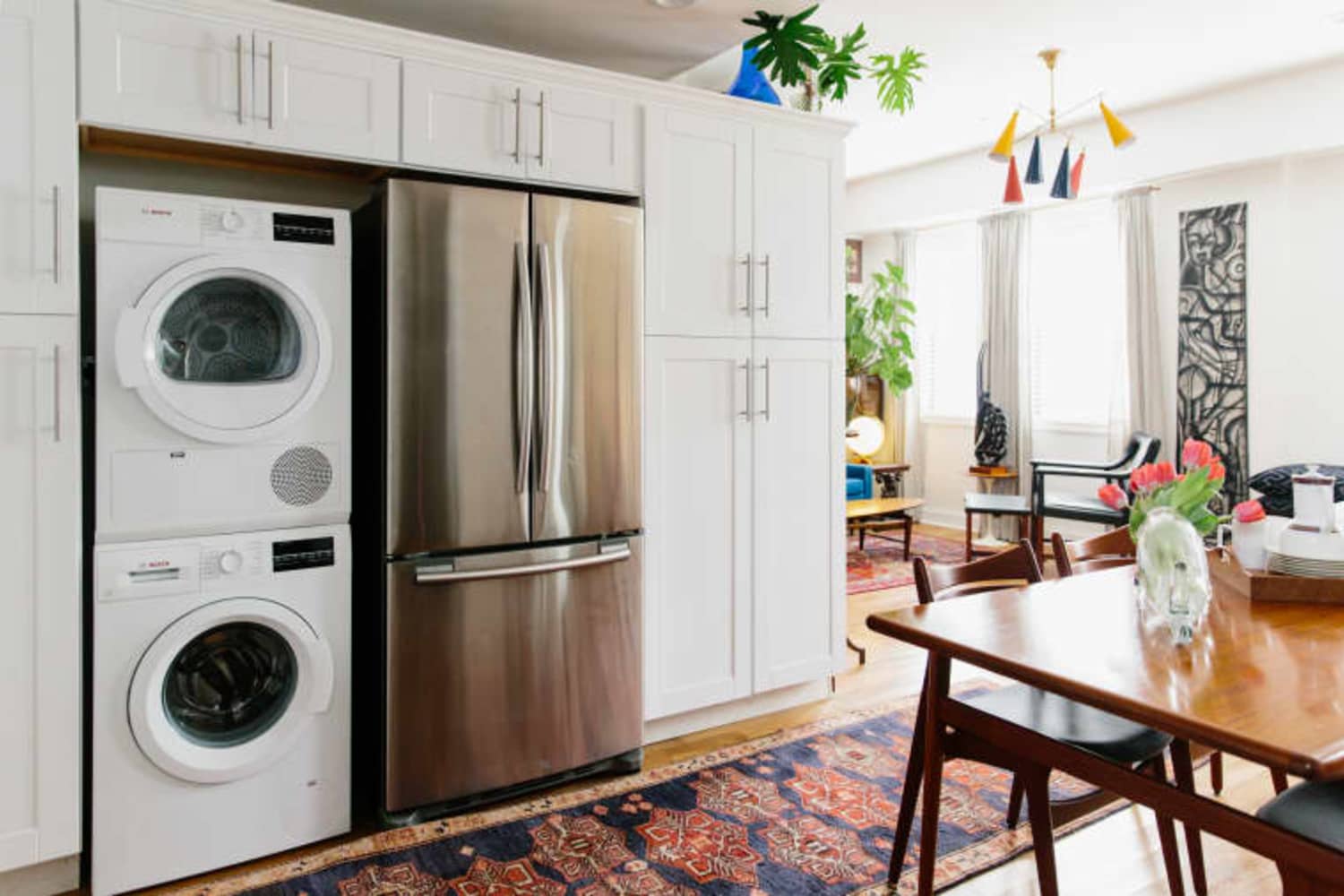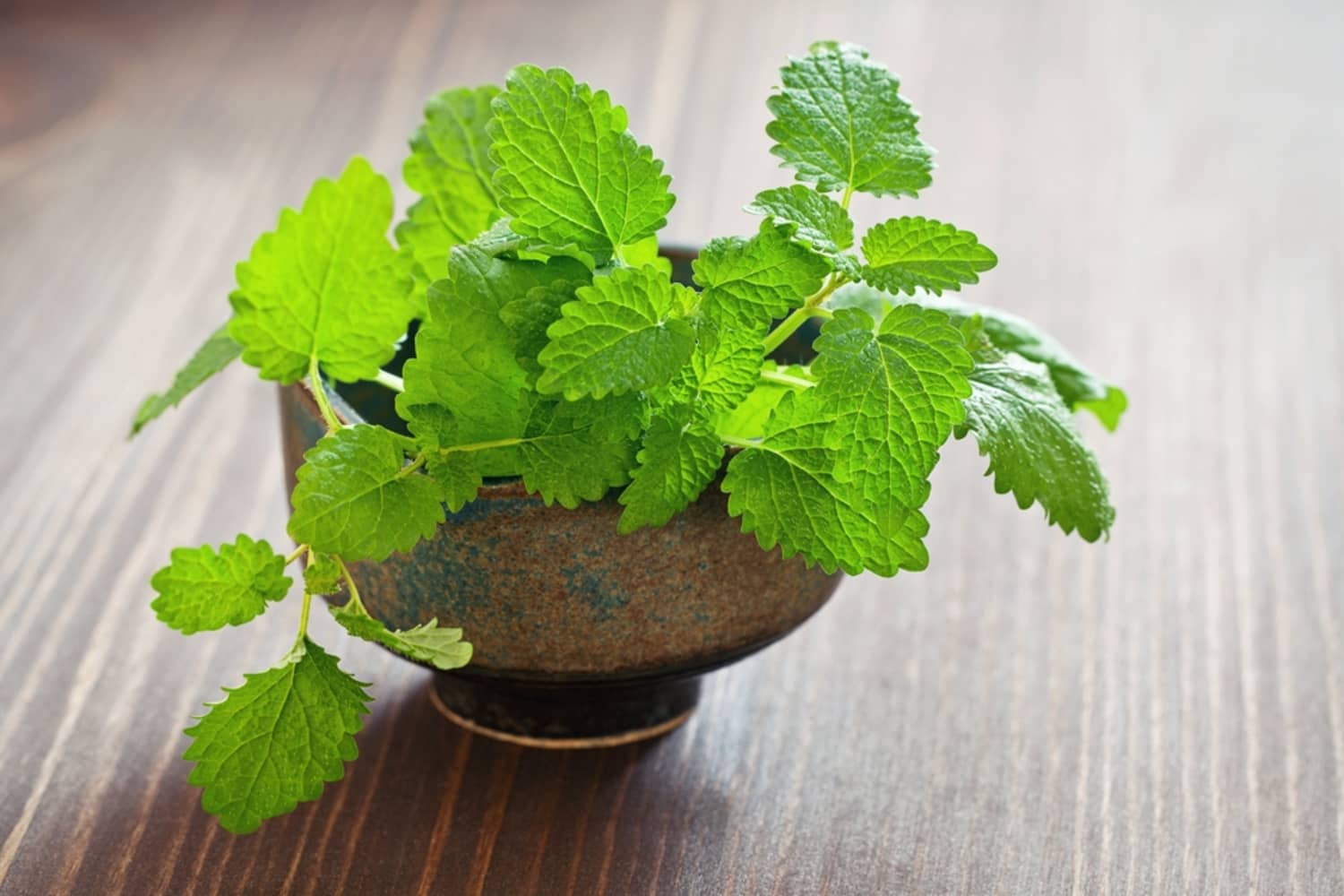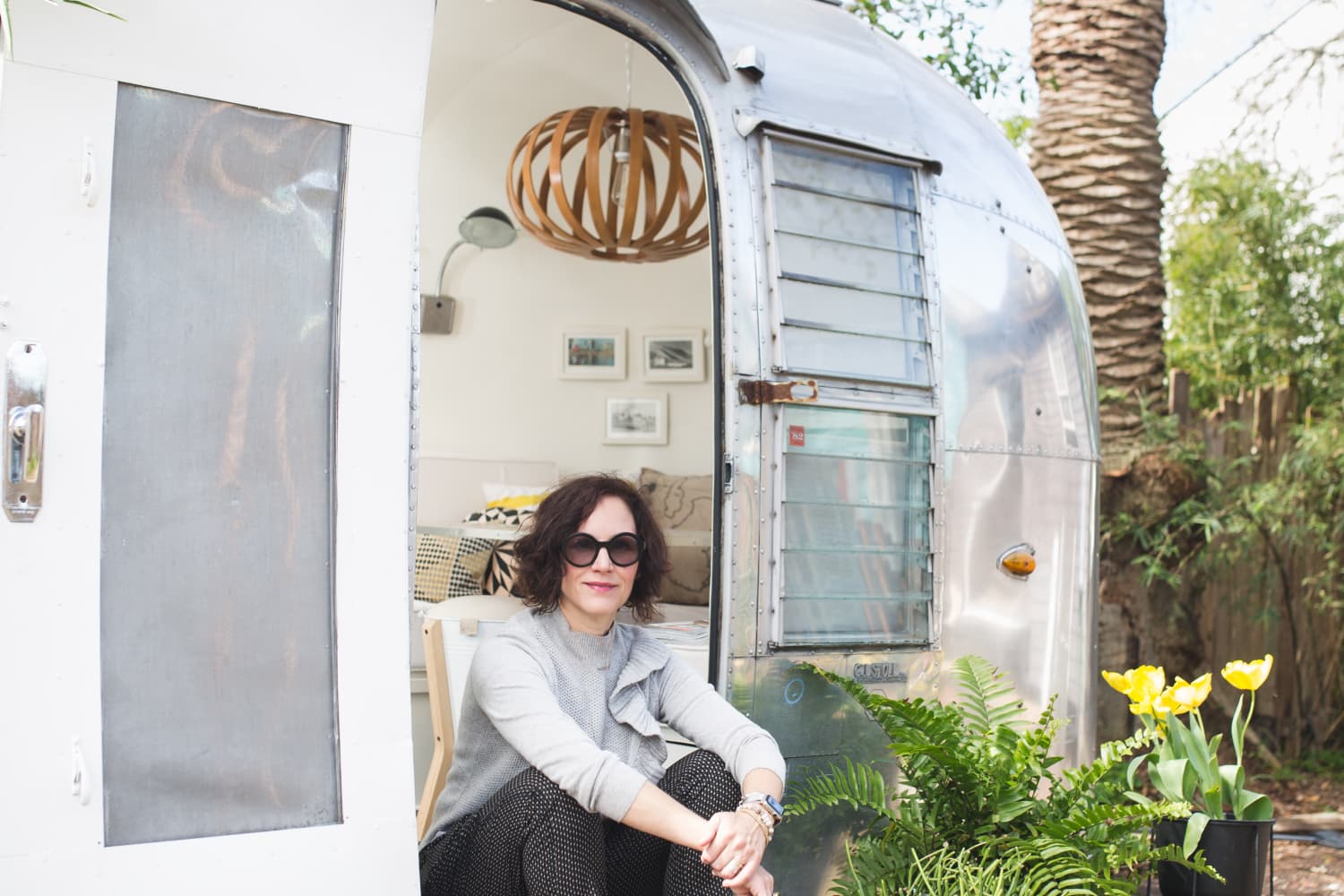The 15 Best Organic Bedding Sources
We independently select these products—if you buy from one of our links, we may earn a commission. All prices were accurate at the time of publishing. If you’re striving to be more eco-friendly in your everyday life, a natural place to start is in the home. Aside from more obvious changes like using eco-friendly cleaning … Read more



